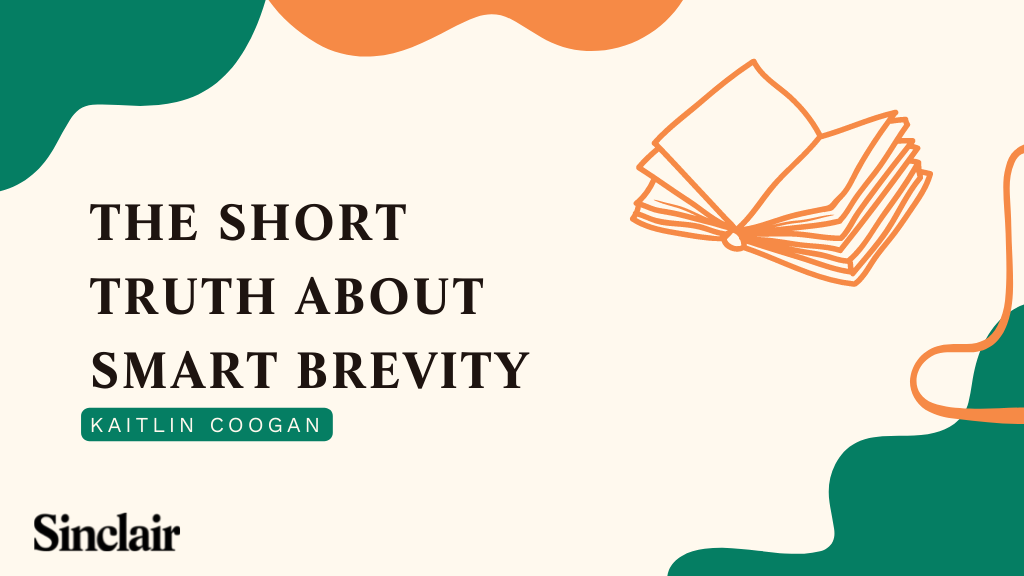
The gist of incorporating smart brevity in your work?
Stop thinking about what you want to say and start thinking of how the reader is going to consume what you’re saying.

While the book Smart Brevity: The Power of Saying More with Less offers helpful tips for incorporating brevity and frankness into your own writing, critics have pointed out the dangers of oversimplifying and what we stand to lose when appeasing the consumers need for quick, digestible information. Clare Malone points out in her New Yorker piece that:
"[A]t this moment of tumult and change—with two contentious elections bearing down on us—it’s slightly unnerving that the model of journalism that’s franchising and acquiring investment is the one devoted to simplifying what really can’t be simplified. Readers may want brevity, but the times call for nuance.”
The good news for readers of Short Brevity, is that the authors focus more so on application in daily life, compared to the journalistic writing that gave short brevity its claim to fame. They recognize that there’s a time for brevity and there’s a time for nuance and detail, while giving a how-to guide to making the most of your communication with less. The takeaway? Take the time to know who you’re speaking to, what they need to know, and what’s going to keep them engaged.
Communicating more efficiently and effectively is a no-brainer in the workplace when it comes to speeches, presentations and emails. Cutting through the noise becomes much easier when you make an effort to cut down your own noise first.
The book gives a guide to each kind of communication, but the sentiment is consistent. It all comes down to being intentional and thinking before you speak (or write). Here are some tips to implement smart brevity into your everyday communications:
- Know the point you’re trying to make.
- Think of the simplest way to say something, then say it that way.
- If you can make your point without extraneous words, do it.
- People are going to skim, make your words work for them using bullet points and bolded statements.
- Lead with your point and be clear about why it matters.
In short, be an intentional, smart communicator, simple as that.



